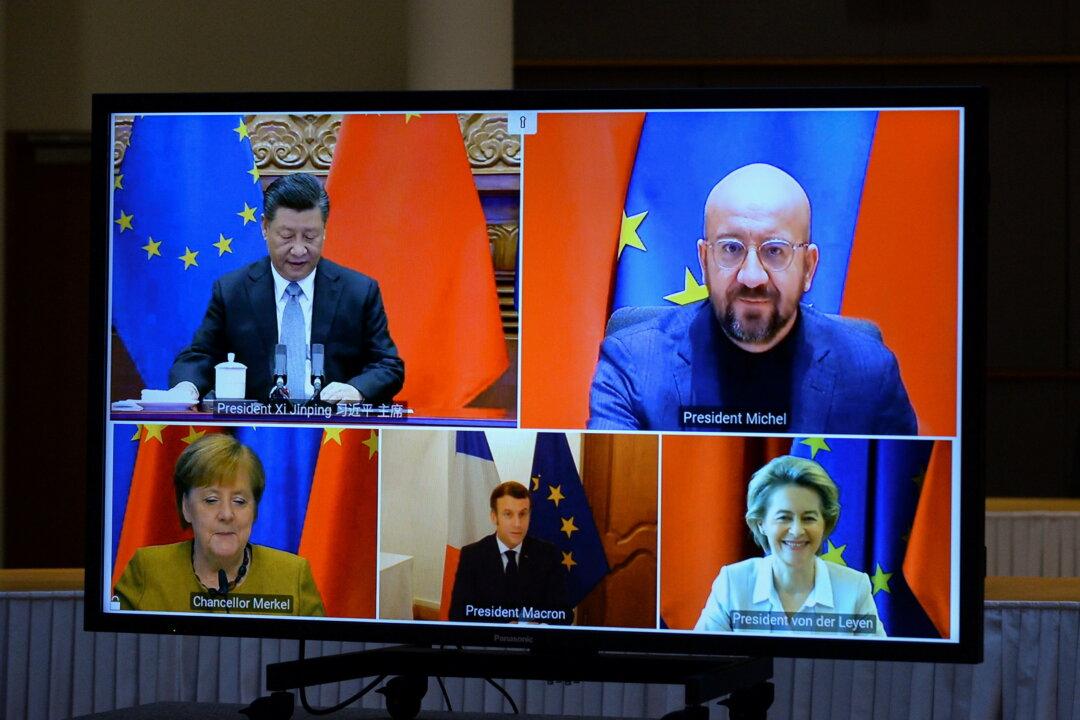Commentary
The European Union’s policy toward China is at a historic crossroads and at times, swinging from side to side and contradicting itself, as revealed by the important events that have occurred recently.

The European Union’s policy toward China is at a historic crossroads and at times, swinging from side to side and contradicting itself, as revealed by the important events that have occurred recently.